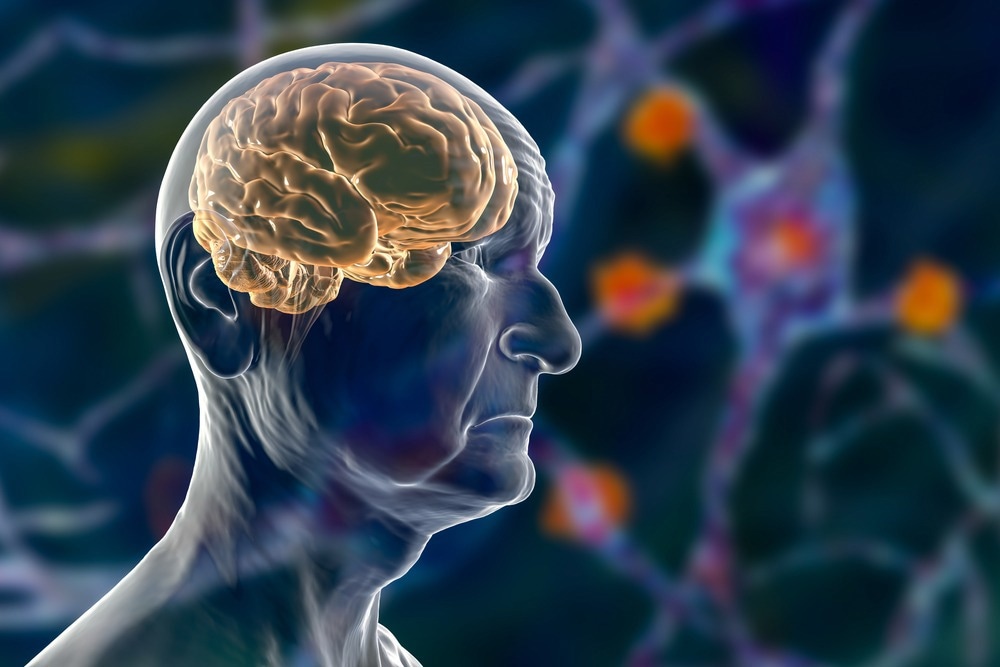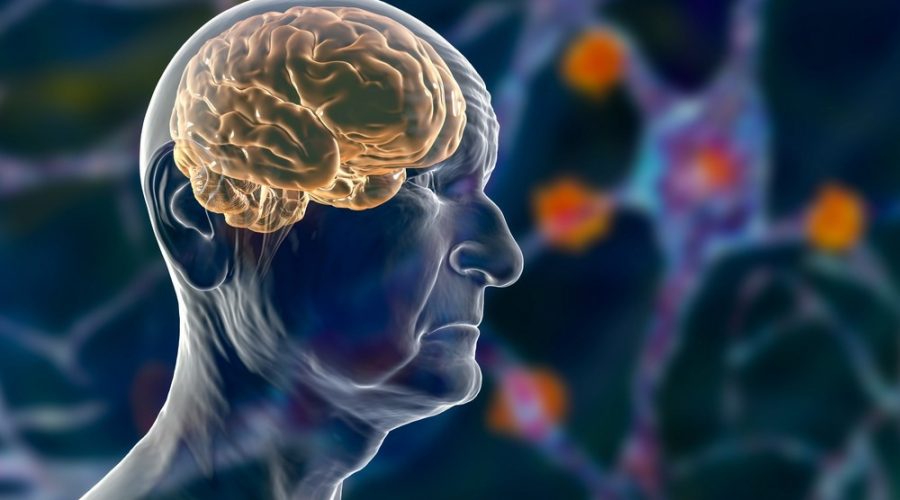Are plasma levels of axonal damage and neuronal degeneration makers altered in COVID-19 patients without major neurological manifestations?
Apart from respiratory symptoms, severe acute respiratory syndrome coronavirus 2 (SARS-CoV-2), the causal agent of coronavirus disease 2019 (COVID-19) pandemic, causes neurological symptoms, particularly in those with severe infection.

The majority of individuals infected with SARS-CoV-2 remain asymptomatic or develop mild symptoms. However, the older population and those with comorbidities are susceptible to developing a severe infection and succumbing to multi-organ disorders.
Background
Neuropathological symptoms, such as headaches and dizziness, are commonly found in COVID-19 patients. In an insignificant number of patients, the SARS-CoV-2 virus was detected in the brain. Despite this, the viral load was found to be low in such patients. In addition, several studies demonstrated that cytokine-induced neuroinflammation was the main underlying mechanism associated with SARS-CoV-2-related encephalitis. Therefore, it is still not clear whether these neurological manifestations are associated with SARS-CoV-2 brain infections, severe infection, or are facilitated by the neuroinflammatory response.
Previous studies have pointed out several alterations in the levels of neuronal cerebrospinal (CSF) and glial cells (neuroglia). Also, changes in plasma biomarkers of COVID-19 patients with neurological symptoms were observed. For instance, changes in neurofilament light chain (NfL) and glial fibrillary acidic protein (GFAP) levels were found in COVID-19 patients with neurological manifestations. These studies documented evidence to support plasma NfL as a marker for neuroaxonal damage and GFAP as a marker for astrocytic activation/injury. Total tau (T-tau) protein has been considered to be another marker for axonal damage and neuronal degeneration in COVID-19 patients.
Very few studies have found altered levels of plasma NfL among COVID-19 patients (adults) with mild symptoms and those who were asymptomatic. However, no changes in NfL levels were found in children with mild/moderate COVID-19 or asymptomatic.
About the study
A recent International Journal of Molecular Sciences study evaluated whether plasma levels of NfL, T-tau, and GFAP changed in SARS-CoV-2 infected patients with or without major neurological manifestations. In addition, the authors studied if the changes in plasma levels got restored after patients recovered from the infection. Forty-five plasma samples from COVID-19 patients who required hospitalization were obtained. This study cohort included 18 females and 27 males whose mean age was 64.
Study findings
Typically, manifestations of neurological symptoms resulting from systemic diseases have been associated with a high risk of morbidity and mortality. Therefore, it is important to mitigate the adverse impact of COVID-19 on the nervous system.
Herein, the authors demonstrated a significant increase in plasma concentrations of GFAP, T-tau, and NfL, in COVID-19 patients associated with non-substantial neurological manifestation, compared with controls. This finding is in line with previous studies that reported elevated baseline serum NfL levels in COVID-19 patients without significant neurological symptoms, irrespective of disease severity. Interestingly, the levels of NfL increased during repeated measurements in non-survivors; however, this level remained stable in patients who recovered from COVID-19.
No changes in CNS damage biomarkers were observed between subgroups, i.e., those with severe COVID-19 and post-COVID patients with insignificant neurological manifestations. Previous studies indicated an increase in plasma T-tau in convalescent COVID-19 patients at follow-up, and the levels were not dependent on initial disease severity. These levels were also not associated with impaired immune responses.
A weak correlation was observed between increased CNS damage biomarkers and certain hematological parameters, such as inflammatory-associated troponin and D-dimer. T-tau was negatively correlated with C-reactive protein, and no connection was found with the pro-inflammatory cytokine IL-6.
Notably, plasma levels of GFAP, NfL, and T-tau were normalized after two months of recovery from COVID-19, with or without minor post-acute neurological sequelae. Consistent with this finding, another study revealed that after six months of SARS-CoV-2 infection, NfL and GFAP levels, which were elevated during the acute phase of the disease, returned to normal levels.
Conclusions
This study has some limitations, including the small sample size and the absence of samples from patients with major neurological symptoms. In addition, the samples were obtained during the first COVID-19 wave, when neurological manifestation could have been underestimated. Despite the limitations, the current study demonstrated that elevated plasma NfL, GFAP, and T-tau levels in COVID-19 patients during the acute phase of infection, indicate a high risk of CNS manifestation. Nevertheless, changes in the above biomarker levels also occur in COVID-19 patients without delayed neurological manifestation.
- Lennol, M. et al. (2023) "Transient Changes in the Plasma of Astrocytic and Neuronal Injury Biomarkers in COVID-19 Patients without Neurological Syndromes", International Journal of Molecular Sciences, 24(3), p. 2715. doi: 10.3390/ijms24032715. https://www.mdpi.com/1422-0067/24/3/2715
Posted in: Medical Science News | Medical Research News | Disease/Infection News
Tags: Biomarker, Brain, Children, Coronavirus, covid-19, C-Reactive Protein, Cytokine, D-dimer, Encephalitis, Mortality, Nervous System, Pandemic, Protein, Respiratory, SARS, SARS-CoV-2, Severe Acute Respiratory, Severe Acute Respiratory Syndrome, Syndrome, Troponin, Virus

Written by
Dr. Priyom Bose
Priyom holds a Ph.D. in Plant Biology and Biotechnology from the University of Madras, India. She is an active researcher and an experienced science writer. Priyom has also co-authored several original research articles that have been published in reputed peer-reviewed journals. She is also an avid reader and an amateur photographer.
Source: Read Full Article
